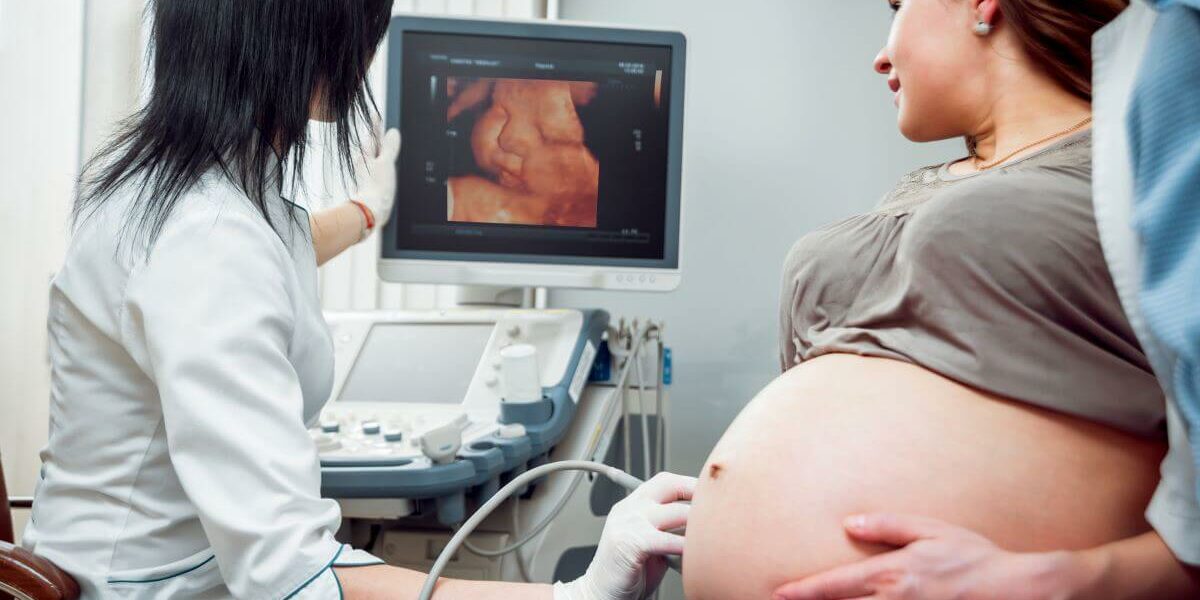Birth injury statistics
Giving birth is not easy and can be a traumatic experience for all, even if things go well which they do in the vast majority of cases.
According to data from the Office for National Statistics (ONS):
- Just over 605,000 children were born in England and Wales in 2022.
- This number is a decline of 20,000 compared to 2021, and the lowest number since 2002.
- Globally, the incidence of hypoxic ischemic encephalopathy (HIE) ranges from 1 to 8 per 1000.
- In developed countries, the incidence is 1.5 to 2 per 1000.
While statistically about 1 in 10 cases are as a result of potential medical negligence, there remains a significant majority caused by other issues, for example:
- Genetic makeup
- Severe prematurity
- First or second trimester trauma
- First or second trimester infection
- Placental dysfunction of undetectable origin
- Perinatal stroke
- Perinatal haemorrhage
- Periventricular Leukomalacia (PVL)
- Unavoidable hypoglycaemia
- Plus, a multitude of other reasons…
However, mistakes can happen, and you can seek to claim compensation for any birth injury that’s a result of medical negligence.
Birth injury overview
Types of cerebral palsy
Cerebral palsy is a group of disorders that affect a person’s ability to move and maintain balance and posture, and is the most common motor disability in childhood.
Ataxic cerebral palsy is characterised by low muscle tone and poor coordination of movements, and affects around 5%-10% of cases.
Dyskinetic cerebral palsy causes sudden changes to muscle tones from high (tight) to low (floppy), causing uncontrolled movements.
Spastic cerebral palsy causes stiff muscles, exaggerated reflexes, often rigidity, lack of balance and muscle coordination and uncontrolled, jerky movements.
Spastic cerebral palsy is the most common type of cerebral palsy. In fact, it makes up about 80% of all cerebral palsy cases.
It is caused by damage to the motor cortex, the part of the brain responsible for controlling and planning voluntary movements, and is primarily characterised by high muscle tone, otherwise referred to as spasticity. Because constantly tight muscles make it difficult to move, individuals with spasticity typically exhibit stiff or exaggerated movements.
Another unique characteristic of this type of spastic cerebral palsy that it can affect specific areas of the body. All other types of cerebral palsy generally affect the entire body, so as such, it can be further differentiated by which areas of the body are affected.
 The different subcategories of spastic cerebral palsy include:
The different subcategories of spastic cerebral palsy include:
- Spastic diplegia describes motor impairments that predominantly affect the legs. While individuals may experience mild motor impairments in the arms, the impairments are most severe in the legs.
- Spastic hemiplegia refers to motor impairments on one side (left or right) of the body. Either the left or right portion of the brain’s motor cortex is damaged leading to motor impairments on the opposite side of the body. Individuals will generally experience more severe motor impairments in the affected upper body than the affected lower body.
- Spastic quadriplegia/tetraplegia affects the entire body. This can include the facial muscles, which may complicate functions like chewing, swallowing, and speaking. Generally, spastic quadriplegia is associated with the most severe brain damage.
- Mixed cerebral palsy is where damage to the brain is not confined to one location of the brain and a child can develop more than one type of cerebral palsy.
Types of injury and their typical presentation
Acute profound acute profound asphyxia is a term describing the degree to which the baby is deprived of oxygen. When a baby is deprived of oxygen for 10 to 25 minutes, acute profound asphyxia can occur.
- Chronic partial refers to a more sustained, but incomplete, loss of oxygenation, such as that seen in prolonged difficult labor with prolonged decelerations, repetitive late decelerations, and decreased heart rate. The conventional belief is that this loss of oxygen needs to be present for over an hour to cause damage.
- Hypoglycaemia is when the level of sugar (glucose) in the blood is too low. Glucose is the main source of fuel for the brain and the body, and in a newborn baby, low blood sugar can happen for many reasons. It can cause problems such as shakiness, blue tint to the skin, and breathing and feeding problems. The low blood glucose or absent ketone bodies needs to be remedied quickly to avoid brain injury.
Determining a medical negligence claim
What the legal team is looking for
- Breach of duty – in plain terms we have to show that those treating the mum or baby did so below an acceptable standard of care as considered by a reasonable body of those doctors/ midwives in that field of medicine – this is why ‘expert evidence’ is so crucial.
- Causation of injury – requires us to show that the breach actually caused or materially contributed to the injury we contend occurred.
Key evidence
- Maternity labour notes and neonatal intensive care unit (NICU) or Special Care Bay Unit notes
- Cardiotocography (CTG)
- MRI reports and scans
- Full factual story
- Any internal investigation (Serious Untoward incident (SUI) reports or Root Cause analysis (RCA) reports/ complaint documentation or external investigation HSIB (Health Service investigation Board or now, MNSI (Maternity and Newborn Safety Investigation) programme or NHS Early Notification Scheme (ENS) where the hospital advise parents that something may have gone wrong.
Typical causes and consequences
In my experience over the past 35 years, the typical causes are unfortunately repeated:
- Failure to recognise fetal heart rate is abnormal on CTG or by Intermittent Auscultation (IA) being interpreted incorrectly or incorrectly carried out.
- Failure to escalate for fresh eyes or superior review causing delay in decision making
- Failure to recognise placental abruption
- Failing to recognise infection
- Failing to act on reduced fetal movements antenatally
- Failing to realise the signs of a uterine rupture
- Failing to recognise and treat growth restriction antenatally in the measurements of symphysis fundal height or baby’s abdominal, head circumference measurements
- Failing to recognise and act upon low blood sugars in the neonatal period
- Avoidable trauma during the delivery process e.g. shoulder dystocia
Conclusion
This article cannot cover all the scenarios related to the complex area of obstetric management and delivery and I am not a medical expert, but I do have extensive experience dealing with all kinds of birth injury claims.
I hope it sheds some light on the claims that can be and are pursued. However, each case will turn on its own facts and we would urge any reader to seek to tell their story to a capable lawyer with experience in this field.
The nature of the injuries sustained are enormous and although such claims represent a small percentage of those claims that are pursued, there value of the claims represent currently over 60% of the compensation paid out overall on claims.
If you would like to discuss any of this article in more detail or would like any legal advice, please contact Trevor Ward at [email protected] or visit https://www.fletcherssolicitors.co.uk/team/trevor-ward.
 Trevor Ward has over 35 years’ experience dealing with complex, catastrophic clinical negligence cases including birth injury claims. Throughout his illustrious career, he has recovered multi-million-pound damages on behalf of clients in various areas of practice over the years.
Trevor Ward has over 35 years’ experience dealing with complex, catastrophic clinical negligence cases including birth injury claims. Throughout his illustrious career, he has recovered multi-million-pound damages on behalf of clients in various areas of practice over the years.
Trevor is the current Chief Assessor for the Law Society’s Clinical Negligence Panel and is on the Executive Committee for the Society of Clinical Injury Lawyers. A member and former chair of FOCIS (Forum of Complex Injury Solicitors) and a Fellow of APIL ( Association of Personal injury lawyers), his caseload ranges from cases valued at over a £100,000 to over £20million and has achieved many lifechanging settlements for vulnerable individuals and their families.
Although we are grateful to receive support from a number of corporate sponsors, we do not endorse any specific organisation. If you are seeking legal advice, we encourage you to contact a number of experienced solicitors for an initial discussion before selecting a firm.









